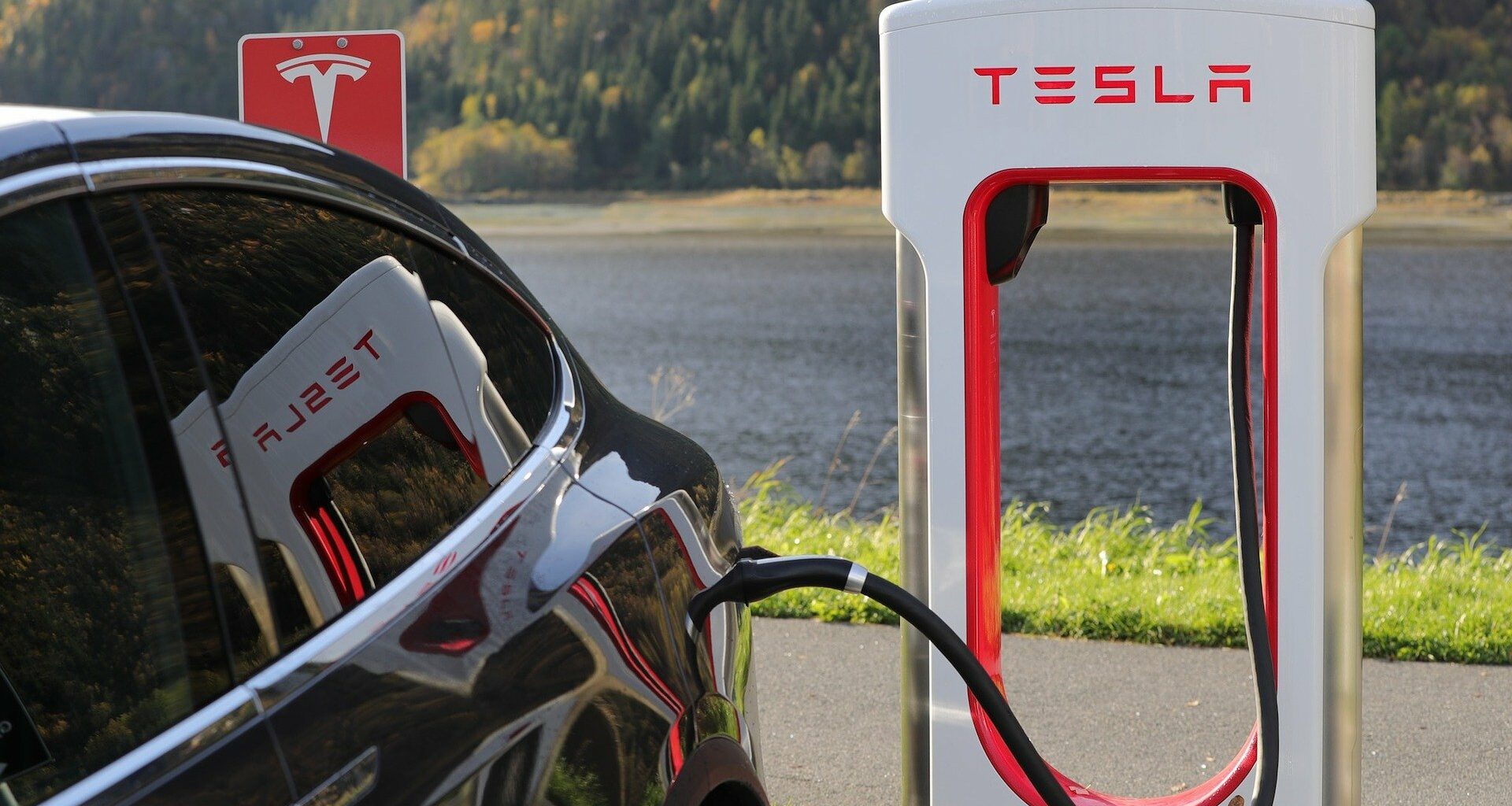Tesla Motors is worth, as of this writing, $650 billion. It had this unprecedented run up in market cap and stock price in the past 18 months, for reasons that are still not entirely clear, to now reach a market capitalization greater than pretty much all other car manufacturers combined. The true believers will say that Tesla has transcended beyond just merely a car company but with its solar roofs and batteries the future of energy; naysayers are waiting for the bubble to spectacularly burst1.
Ludicrous: The Unvarnished Story of Tesla Motors, is a book about the latter. Written by a car industry journalist, the book chronicles the beginnings of Tesla Motors and how it came to electric vehicles (EVs) to start, then traces the journey that the company has gone through in the past 18+ years, and how it executed against its own famous roadmap to mass market scale. That is, Tesla had made more than its fair share of stumbles along the way, and this book recalls most of them and provides some of the context on what happened and why.
And the author isn’t wrong in their diagnoses of some of the root causes and issues with Tesla’s execution. There was indeed too much technology and complexity in the Model X design, which caused massive delays plus reliability problems to the point that the CEO admitted they were too ambitious; it was truly unsustainable to handcraft a bunch of Tesla Roadsters and retrofit off-the-shelf parts to assemble the car in time for impatient customers; Autopilot has objectively been delayed, rebranded, and sold to customers as a done deal for years without being able to deliver on the promise of full automation, level 5 autonomy. We have a Tesla Model 3, and can attest to the subpar fit and finish and spotty customer service2.
The overarching theme of Ludicrous is that Tesla Motors has ridden high on hype, and its CEO, Elon Musk, is the primary culprit and beneficiary. Objectively, the criticism is not without merit: Tesla has constantly overpromised and underdelivered on its vehicles and associated initiatives, and at times relied on gimmicky preorders to generate enough cash flow to stave off bankruptcy. Elon has leveraged his own celebrity to boost Tesla in good times and bad, and lays down major initiatives impulsively via tweets. And yet, he’s aggregated enough clout to materially impact the stock markets with every such announcement, interleaved with memes and public spats with the media and a bunch of immature stuff that would be unbecoming for any other public company CEO. The juxtaposition of meme connoisseur and being one of the richest, most powerful person in the world is jarring, to say the least.
To be fair, it’s probably good to balance out unabashedly positive reception that Tesla regularly receives from its supporters, and being one of a handful of critics is tough. But this is where the book loses me a bit; as the chapters continue, the author increasingly obsesses over Elon’s immaturity and how it translates to failed leadership at Tesla. There’s some justification—the company’s success has evolved to be uniquely intertwined with Elon’s celebrity—but it’s a lazy axe to grind over and over again. This bias intensifies with each subsequent chapter, to the point where it feels like Tesla can’t do anything right without running into major regulatory, budget, manufacturing, management, or business problems. That the company has managed to survive this long to produce the mass market Model 3 is a minor miracle built on top of an illusion of competence—harkening back to the title, Ludicrous.
It reads like sour grapes, because the author is so negative towards everything that Tesla does, that any mention of accomplishment is quickly diminished by an executional error or not meeting expectations. Supercharging network? Elon had promised they’d all be solar powered. Best-selling compact sedan for a quarter? The previous quarter had projected twice the number sold. Over-the-air firmware updates? Other car manufacturers don’t do it because building cars is not like building software. Just as it’s hard to trust opinions without any sense of criticism, it’s also as hard to believe someone who can’t bring themselves to say anything positive either.
I found it hard to enjoy reading through Ludicrous because the author established their antagonistic stance from the start and tried too hard to make their case. I suppose readers who are already predisposed to hate Tesla—and some of the obnoxious Tesla fanboys make this easy—may get a kick out of it, but even then it requires a suspension of disbelief, in accepting that all these things that happened through Tesla’s company history are all actually terrible. Funnily enough, reading this in 2021 (the book was published in 2019), it ends by challenging the company to survive the next recession, to earn enough credibility among car pundits and graduate into a “real car company.”3 Seeing as how the automaker has thrived through the pandemic and has legitimately accelerated the entire industry’s roadmap towards electrification, it’s about as good a response as you can get.
They have been waiting for a while, and short sellers in particular bore the brunt of the literal cost.↩
On the flip side, it remains a very fun car to drive.↩
Nevermind that in the last recession, a lot of car companies didn’t actually make it.↩




